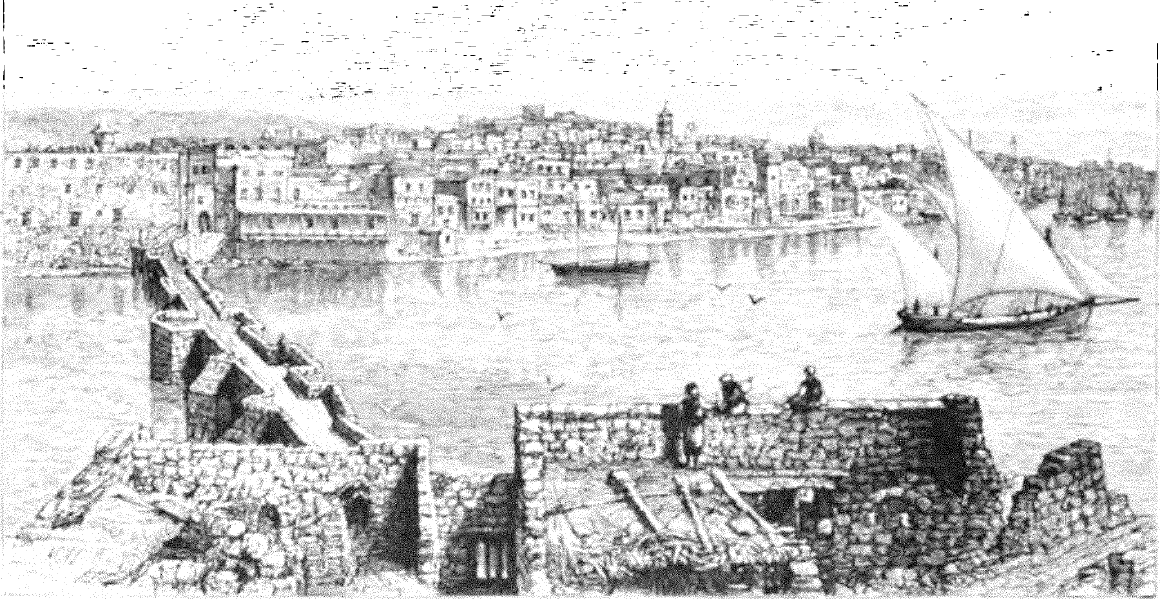<![CDATA[A Swedish team, during five weeks of work, have unearthed an ancient city at the site of Dromolaxia-Vizatzia, which was destroyed over 3000 years ago. The team, led by Professor Peter Fischer of the University of Gothenburg, exposed the late Bronze age city, which is situated close to the Larnaca International Airport. The excavation work went on for about 5 weeks, and Fischer remarked that only a small portion of the city has been uncovered, but it was significant nonetheless. The ancient city is believed to be up to 50 hectares in size, and thrived from around 1500 BC to its tragic end in 1200 BC. It was never reoccupied after its destruction. No one knows why the city was destroyed, with some accounts stating violent raids from outsiders to climatic changes as the cause. Some Mycenean artwork was found during the excavation, which lead the researchers to believe that this city was somewhat of a resort city, where immigrants from the Greek mainland and Aegan Islands would stay for a short time. There were many copper-related structures found which showed that this place could have also been a major industrial city. The archaeologists began excavation by using radar and magnetometer devices to scan the underground and map structures that were below the surface. These devices showed that there were man-made structures beneath the surface, complete with rooms such as fire places, and household items like pottery and pits. The team then started to dig, and found what they were expecting, and much more. One of the most significant items found was a 1.5 kg doughnut-shaped ingot made up of copper-tin alloy. More excavations found domestic buildings where small-scale industrial production was carried out, such as clothing and textile work, and pottery-making. The Swedish team also found a lot of jewelry that were made of bronze and other precious metals, showing that the people of the town were also very wealthy. Five wells were exposed during their work, and some interesting artifacts were recovered from them. In one of them, which was over seven metres deep and over 1 metre in diameter, a bull figurine was found. The bull is thought to be an offering to appease the "god of the well". But this well was not prosperous, and had a skeleton of a horse in it. With the skeleton was a cylinder made of haematite believed to be of Syrian origin. The carvings were of three hunters and three horned animals. Two similar non-prosperous wells were found, but this time had human skeletons in them, believed to have been slaves because there were no materials of value found with them. However, one of the human remains found is believed to have been of a highly elevated individual, as the head was modified to reflect the beauty trends in those times. These findings give better insight into how the people of this ancient city lived. More clues are hoped to be found in the future to explain why this prosperous city was abandoned, with one theory stating that the people may have moved east to Gaza.]]>
Ancient Cypriot City Discovered
